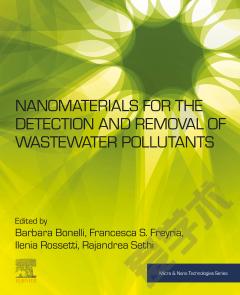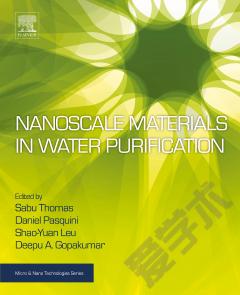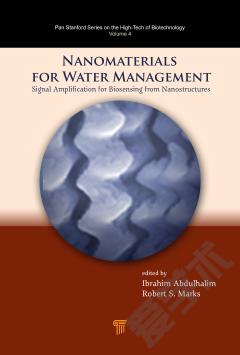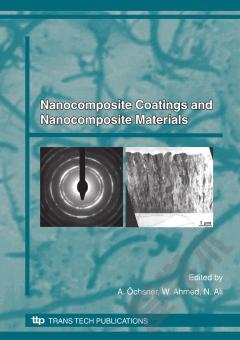Nanohybrid and Nanoporous Materials for Aquatic Pollution Control
Nanohybrid and Nanoporous Materials for Aqueous Environmental Pollution Control gives a comprehensive treatment of fabrication methods and their application in environmental remediation, including adsorption, catalysis and signal transfer in pollutant detection. The design, fabrication and application of nanohybrid and nanoporous materials for environmental pollution control are described in detail, along with discussions on their synthesis, characterization, and applications in different aspects of pollutant treatment. Chapters introduce the design and synthesis of magnetic nanohybrid materials, advanced oxide process-photocatalytic degradation of environmental pollutants based on nanomaterials, and nanohybrids of iron based materials for reduction and oxidation of aqueous recalcitrant pollutant. Finally, challenges and suggestions in the application of nanomaterials for environmental pollution control are discussed, as is an analysis of the future perspective of nanomaterials for environmental application.Presents the most up-to-date developments in this rapidly progressing fieldProvides suggestions to address challenges and solve current problems related to the application of nanoporous materialsDiscusses future trends and perspectives in the area of nanohybrid and nanoporous materials
{{comment.content}}








 京公网安备 11010802027623号
京公网安备 11010802027623号